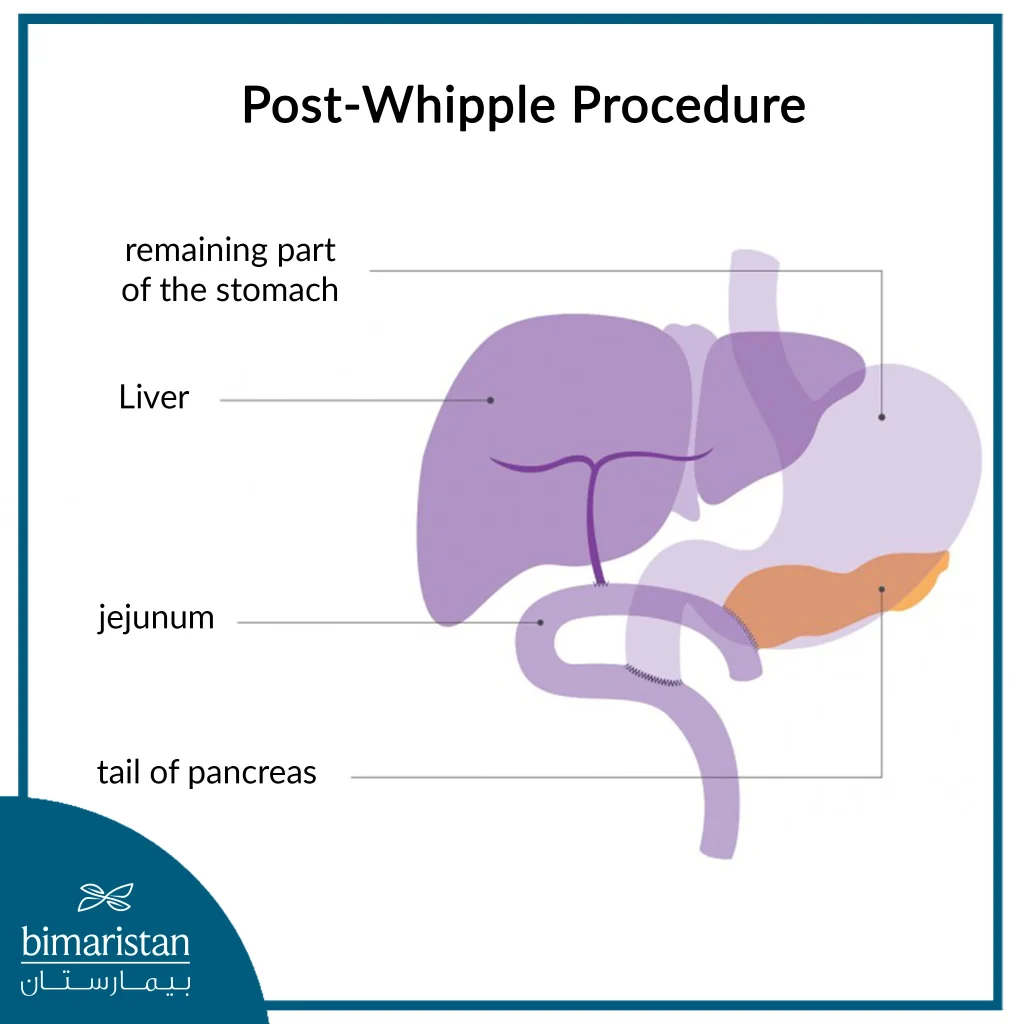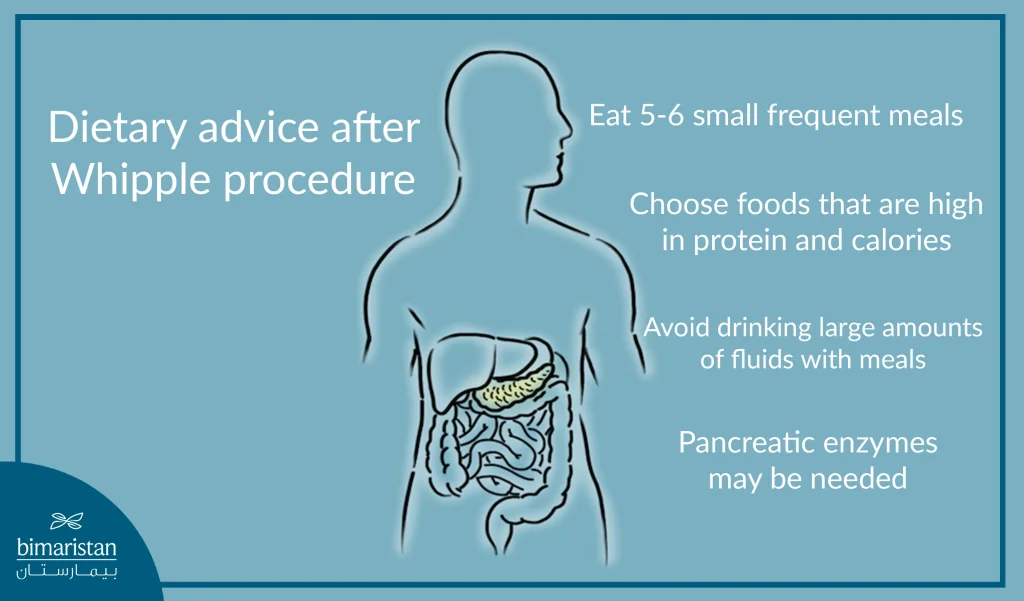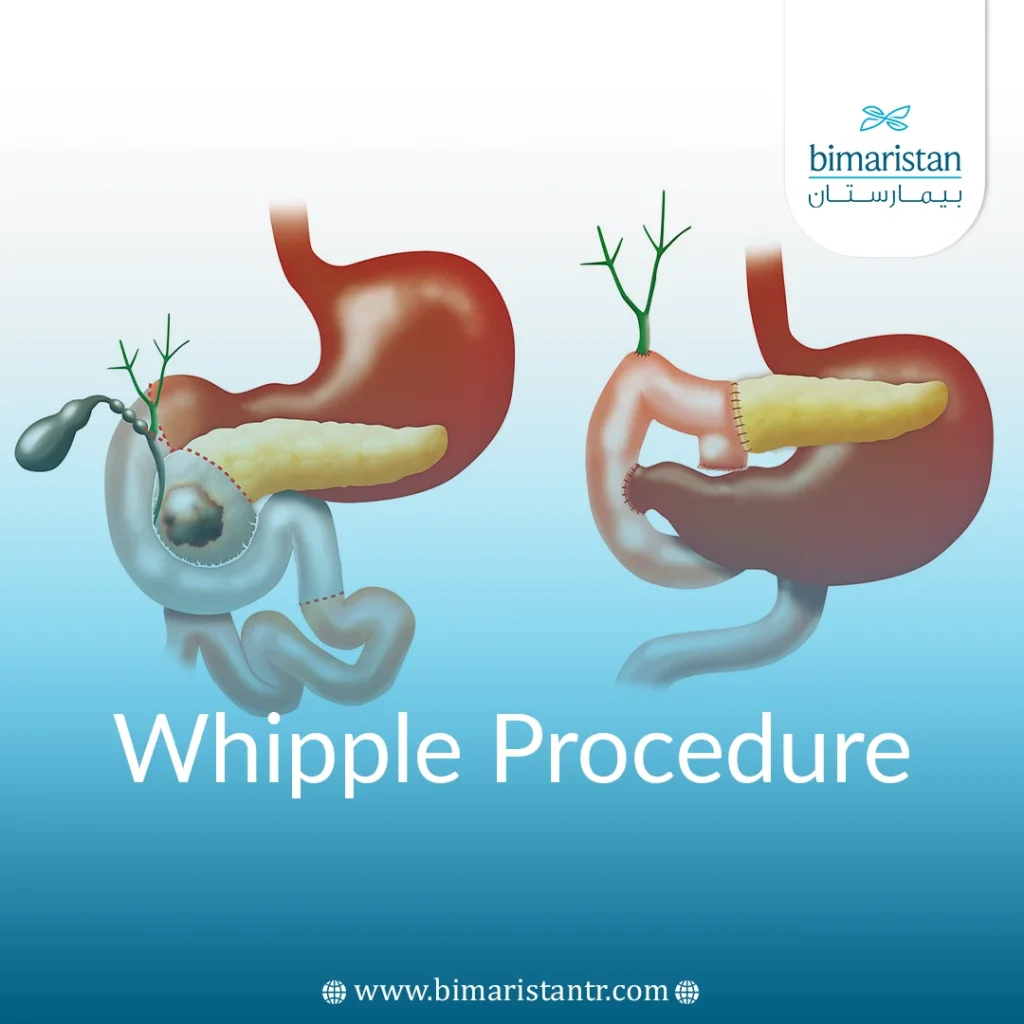Pancreatic cancer is the fourth most common cause of cancer death, and the 5-year survival rate is only about 12% despite advances in medical care, chemotherapy, radiation therapy, and molecular biology to remove the tumor. Pancreaticoduodenectomy, also known as the Whipple procedure or pancreaticoduodenectomy operation, is the preferred surgical procedure for resectable pancreatic cancer, with some studies suggesting it increases the patient’s chance of survival to 15% at 10 years.
Whipple surgery can take several hours, is a major and difficult operation, and requires great surgical skill and experience, as well as an advanced hospital and medical team. The area surrounding the pancreas is complex, and surgeons often encounter patients with variations in the arrangement of blood vessels and ducts around the pancreas.
What is the Whipple procedure?
Whipple procedure is the preferred surgical procedure for resectable pancreatic ductal cancer. Because of the shared blood supply to the digestive organs, surgical removal of the head of the pancreas also requires removal of the duodenum, jejunum, gallbladder, and sometimes part of the stomach.
There are two broad types of pancreaticoduodenectomy: the more extensive “classic Whipple (CW)” and “pylorus-preserving pancreaticoduodenectomy (PSD)”.
After the Whipple surgery, the surgeon reconnects the remaining organs to allow you to digest food normally after the Whipple procedure.

Indications for the Whipple procedure on the pancreas
The Whipple surgery is most often performed as a surgical treatment for cancer of the head of the pancreas, bile duct cancer, or duodenal cancer. Other indications include the treatment of:
- Pancreatic cancer
- Pancreatic cysts
- Pancreatic tumors
- Chronic pancreatitis
- Ampulla cancer
- Bile duct cancer
- Neuroendocrine tumors
- Small bowel cancer
- Trauma to the pancreas or small bowel
- Other tumors or disorders involving the pancreas, duodenum, or bile ducts
The goal of the Whipple procedure for pancreatic cancer is to remove the tumor and prevent it from growing and spreading to other organs. This is the only treatment that can lead to long-term survival and is the most important treatment for most tumors.
Who is a candidate for the Whipple procedure?
Only about 20% of pancreatic cancer patients are eligible for the Whipple surgery and other tumor surgeries. These are typically patients whose tumors are confined to the head of the pancreas and have not spread to any nearby major blood vessels, the liver, the lungs, or the abdominal cavity. Extensive testing is usually required to identify potential candidates for the Whipple procedure.
Some patients may be eligible for the minimally invasive (laparoscopic) Whipple procedure, performed through several small incisions rather than one large incision. Compared with the classic procedure, the laparoscopic Whipple procedure may result in less blood loss, a shorter hospital stay, a faster recovery, and fewer complications.
Contraindications for Whipple procedure
The most important absolute contraindication for this procedure is tumors that have spread to the abdominal cavity or other distant organs such as the liver. Surgeons will explore the peritoneum and liver before proceeding with the resection to check for metastases.
Surgeons may perform a separate procedure before the Whipple procedure called diagnostic laparoscopy, which involves inserting a small camera through a small incision in the abdominal wall and studying the tumor’s location and extent, which may spare the patient from undergoing major surgery.
Other contraindications for the Whipple procedure include tumor infiltration from the pancreas into major blood vessels such as the celiac artery, superior mesenteric artery, and inferior vena cava.
Overview of Whipple procedure in Turkey
The surgery can take four to 12 hours, depending on the method used and the complexity of the procedure. Whipple surgery is performed using general anesthesia, so you will be asleep and unaware during the procedure.
The surgeon makes an incision in your abdomen to access your internal organs. The location and size of the incision varies depending on the surgeon’s approach and your particular situation.
Whipple surgery can be performed in different ways:
- Open surgery: The surgeon makes an incision in your abdomen to access the pancreas. This is the most common and most studied approach.
- Laparoscopic surgery: During laparoscopic surgery, the surgeon makes several small incisions in your abdomen and inserts special instruments, including a camera that transmits video to a monitor in the operating room. The surgeon watches the monitor to guide the surgical instruments in the Whipple procedure. Laparoscopic surgery is a type of minimally invasive surgery.
- Robotic surgery: It is a minimally invasive surgery in which surgical instruments are attached to a mechanical device (robot). The surgeon sits at a nearby console and uses hand controls to guide the robot. A surgical robot can use instruments in tight spaces and around corners, where human hands might be too large to be effective.
Complications after the Whipple procedure
Complications that occur immediately after the Whipple procedure, as well as serious complications, can affect many patients. The most common complications are the development of false ducts (fistulas) and leakage from the reconnection site (bile leakage and pancreatic juice leakage into the abdomen). Surgeons may place a surgical drain near the anastomosis site to detect leakage as soon as it occurs.
Other possible surgical complications include:
- Infection
- Bleeding
- Problem emptying the stomach after meals
Other complications after the procedure to remove a tumor of the head of the pancreas include:
- Weight loss: Most patients can expect to lose weight after surgery (Whipple procedure).
- Diabetes: This condition can occur if too many insulin-producing cells are removed from the pancreas. However, patients who had normal blood sugar before surgery are unlikely to develop diabetes, and those who had diabetes before the Whipple procedure are likely to improve.
Extensive research shows that the procedures result in fewer complications when performed by surgeons with expertise in pancreatic and duodenal head surgery at centers that perform many of these procedures.
Recovery after the Whipple procedure
Patients who have this procedure on their pancreas typically stay in the hospital for a week before returning home. Because recovery can be slow and painful, they usually need to take prescription or over-the-counter pain relievers.
At first, patients can eat only small amounts of easily digestible foods. They may need to take pancreatic enzymes—either short-term or long-term—to aid digestion. Diarrhea is a common problem during the first two to three months that it typically takes for the rearranged digestive tract to fully recover.

Prognosis after Whipple procedure for pancreatic head cancer
Generally, the five-year survival rate after a Whipple procedure (pancreatic head and duodenectomy) is about 20 to 25%. Even if the operation successfully removes the visible tumor, some cancer cells may have already spread to other parts of the body, where they can form new tumors and eventually cause death despite the removal of the initial tumor.
The five-year survival rate is higher in node-negative patients (cancer has not spread to nearby lymph nodes) than in patients who are node-positive. Regardless of node status, most patients receive chemotherapy, radiation, or both after a Whipple procedure.
However, cancer specialists differ on the best combination and best drugs to use, and recent trials have shown improved outcomes with chemotherapy before the procedure and with different chemotherapy regimens before and after the resection.
Is there a special diet recommended for people who have had a Whipple procedure for pancreatic head cancer?
Each surgery is different because each patient’s condition (e.g., tumor location and tumor size) varies.
General dietary recommendations after a Whipple procedure include:
- Eat 5-6 small, frequent meals throughout the day to ensure adequate nutrition.
- Choose foods that are high in protein and calories to help with recovery and weight maintenance.
- Avoid drinking large amounts of fluid with meals, as this may affect the amount of food you can eat. Small sips with meals are okay.
- If you experience gas, bloating, and/or diarrhea, pancreatic enzymes may be needed to help metabolize your food after a Whipple procedure.
A low-fat diet does not always solve the problem, as eating enough to maintain weight can already be difficult after a Whipple procedure. With pancreatic head removal, pancreatic enzymes may be needed to help with the absorption of fats, carbohydrates, and protein.
You can contact us to secure the best centers that perform the Whipple procedure in Turkey. This procedure removes cancers related to the head of the pancreas, bile duct, and duodenum.
Sources:
- Johns Hopkins Medicine
- MD Anderson Cancer Center
- UChicago Medicine

